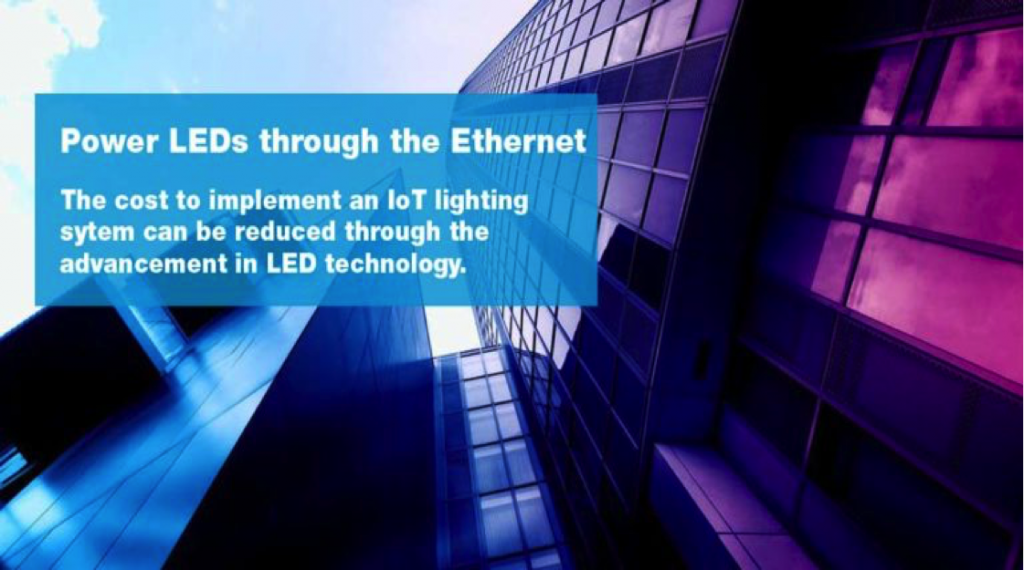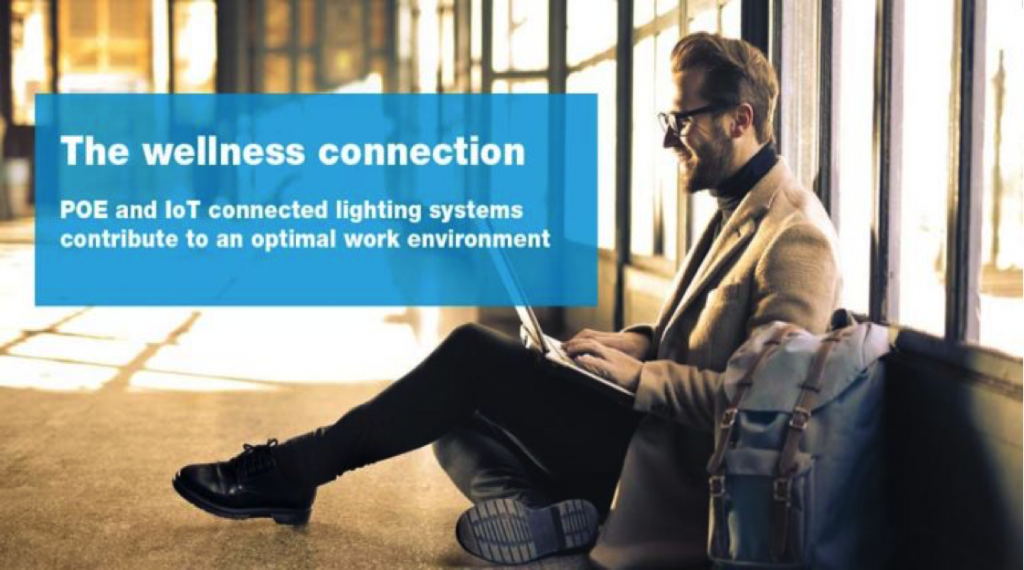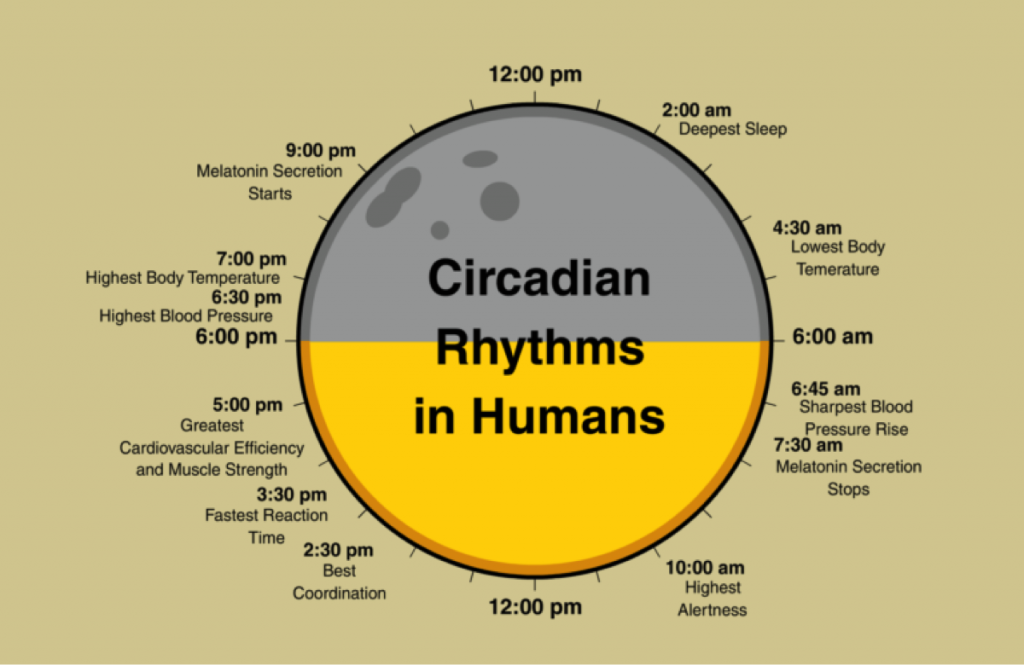By Counterpointe Energy Solutions
You can view the original article here.
Historically, making energy efficiency improvements to buildings has been uneconomic for owners of commercial real estate. There are structural reasons why leased commercial properties have traditionally lagged all other properties types in terms of energy efficiency. The results? Billions of dollars of inefficiencies, hurting the environment as well as most companies bottom lines. “Energy use in buildings is a $400bn to $500bn a year problem,” according to Stephen Selkowitz of the Lawrence Berkeley National Laboratory. Worse, tenants are inhabiting buildings with outdated infrastructure for seemingly no reason. These problems are well-understood, and the solutions are readily available, so what is holding commercial properties back?
THE SPLIT INCENTIVE
Common types of commercial leases, such as triple net or modified gross leases, make tenants responsible for energy bills. As a result, the benefits of any reductions in operating costs from energy efficiency upgrades accrue to tenants. As great as that is for the tenant, it leaves the property owner holding the bag and bearing the total cost of those capital improvements. So not surprisingly, property owners have virtually no reason to invest in improvements. They utilize equity for no return. This conundrum is known as “the split incentive”. Given this raw deal, it is no wonder that property owners have been reluctant to engage in energy efficiency projects.
PACE IS THE SOLUTION
Enter Commercial Property Assessed Clean Energy (C-PACE), an innovative financing option that can be used to finance 100% of renewable energy, energy efficiency and resiliency improvements to commercial properties. PACE financing also covers all development and soft costs, so there are no out-of-pocket expenses for the property owner. C-PACE solves the split incentive problem and uses the commercial lease structure to the owner’s advantage. Since it is an assessment, not a loan, C-PACE payments are paid with property taxes. And in most triple net and modified gross leases, tenants pay their share of property taxes. So now, the tenant who benefits from the upgrade is also responsible for repayment – thereby solving the split incentive problem.
For property owners, C-PACE is a definite win. They get to upgrade their assets, with no out-of-pocket expenses. The improved properties have lower energy bills, resulting in lower operating expenditures and higher valuations. The properties can also be marketed as “green”, allowing owners to take advantage of any rent premiums for environmentally friendly buildings, as well as better cap rates upon sale
Recently upgraded buildings are also an added selling point when attracting new tenants and buyers. For example, the World Green Building Council reported in 2016 that greener retail buildings correlate with happier customers and higher revenues for stores. When it comes time to find new tenants or renegotiate terms of a lease, property owners will benefit handily from having made a C-PACE assessment.
Tenants also benefit from C-PACE. Most C-PACE programs require energy efficiency improvements to have a savings-to-investment ratio greater than one. This means that tenants should be able to make each C-PACE repayment with only the funds they have saved from lower energy bills – and still have cash left over that they can pocket. Tenants additionally get to inhabit improved buildings with brand new HVAC, windows, chillers, and other features.
The community likewise benefits from the environmental impact of C-PACE. Energy efficiency reduces the emissions of greenhouse gases, minimizing smog and asthma-inducing particles and diminishes the need for environmentally disruptive fossil fuel extraction methods.
Energy efficiency has long been a difficult investment for owners of commercial real estate. C-PACE flips this script – energy efficiency projects are now not only a good idea but are a slam dunk for commercial property owners.






